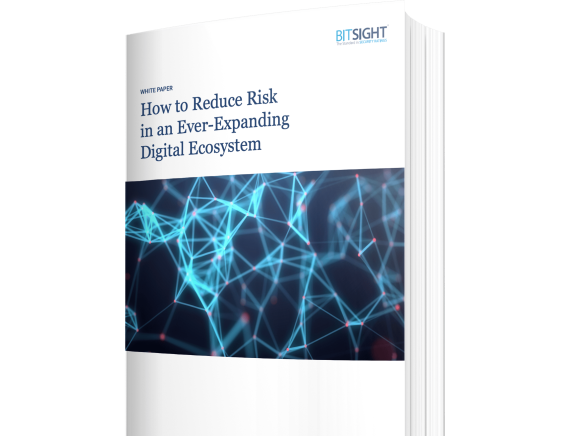With companies racing to achieve digital transformation via the cloud, the Internet of Things (IoT), and bring your own device (BYOD) policies, digital ecosystems are expanding faster than ever. Learn how to protect against threat actors that are taking advantage of new vulnerabilities that are harder to detect.
Take Your Threat Intelligence Insights to the Next Level
Tags:

As your attack surface grows and the threat environment becomes increasingly complex, it’s more important than ever to take a risk-based approach to cybersecurity. By doing so, you can focus your limited resources on the areas that have the biggest impact on your security performance — empowering you to save time and money.
Of course, this type of approach requires you to be proactive as opposed to reactive. Instead of focusing on incident response, you can leverage automated cyber threat intelligence gathering to help reduce the number of incidents that happen in the first place.
What is threat intelligence?
Threat intelligence is information on both current and potential risks that exist throughout your infrastructure and digital ecosystem. Having this knowledge at your fingertips helps you prevent future attacks and gain a better understanding of your overall cybersecurity posture.
These data-based insights — which are collected from a variety of sources — can provide context into threat actors targeting your organization, indicators of compromise across your network, and more. Essentially, this information helps you make more informed decisions regarding everything from improving incident prevention to automating remediation activities to closing any gaps in your security performance management program.
Gain greater visibility into new and evolving threats
By collecting and analyzing threat intelligence, you can quickly identify areas of concern, determine when you need to conduct deeper testing, and mitigate risk more effectively. Bitsight Security Ratings make this process easier than ever by automating the gathering of your threat intelligence insights to provide a real-time, externally observable measure of security performance.
The Bitsight platform observes a variety of security events and configurations to generate an objective rating based on four categories of data: compromised systems, diligence, user behavior, and public disclosures. This process involves gathering threat intelligence from various sources and risk vectors, such as open ports, exposed credentials, malware servers, and botnet traffic.

With these real-time insights, you can streamline the process of:
- Identifying risks lurking in your ecosystem: Instead of wasting time enacting manual security assessments and testing, you can immediately discover Shadow IT and other unknown threats hiding throughout your extended ecosystem.
- Putting threat intelligence into context for your organization: In order to continually optimize your cybersecurity program, you need to have a process in place for evaluating your performance and reporting on key outcomes to stakeholders. Bitsight Security Ratings incorporate threat intelligence into a standardized, easily understandable KPI (More cybersecurity KPI examples) — making it easier than ever to have informed security conversations throughout your organization.
- Prioritizing remediation initiatives: When it comes to maintaining the desired security posture, it’s critical to be able to quickly identify which potential threats and existing risks you need to mitigate first for the greatest performance impact. As Bitsight Security Ratings are updated daily, you always have the latest information you need to optimize your remediation plan.
- Extracting more value from your existing data: Through Bitsight’s integrations with SIEM tools like Splunk, you can easily combine your Bitsight data with other security data you may be collecting. By pulling Bitsight findings into your existing security workflows and dashboards, you can refer to all of your threat intelligence insights in one place — empowering you to streamline the process of collecting and using data to drive measurable risk management results.
Make data-driven security decisions
By automating the gathering of your threat intelligence, you can establish a strong security performance management program, maintain a consistently clear and accurate picture of cybersecurity risk across your organization, and address pending threats quickly.
Interested in learning more about effective cyber risk reduction? Download our white paper, How to Reduce Risk in an Ever-Expanding Digital Ecosystem.


